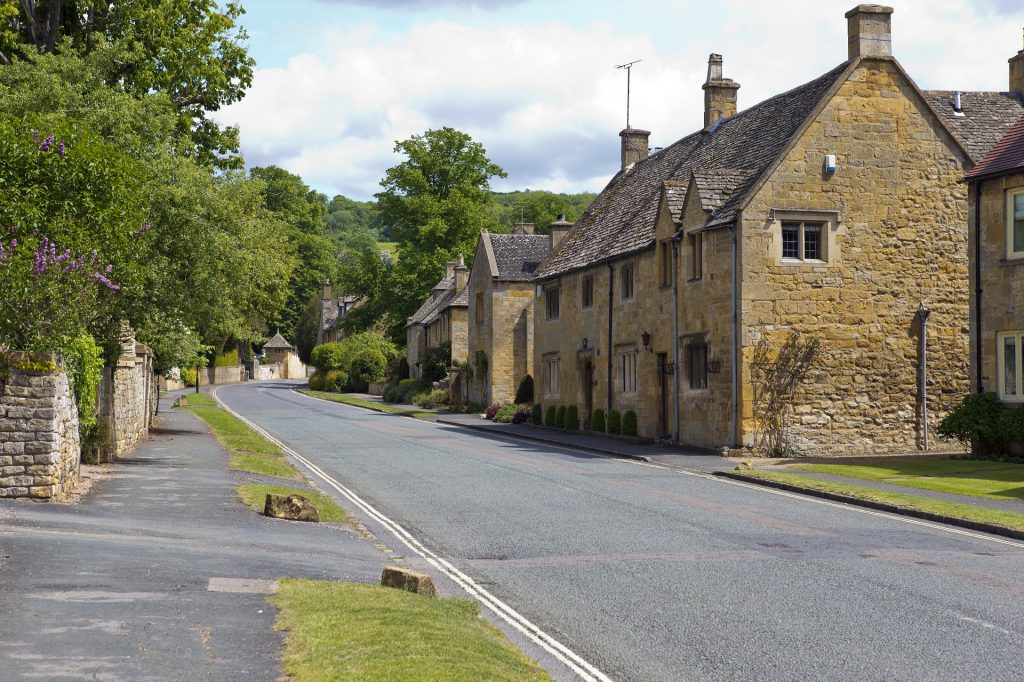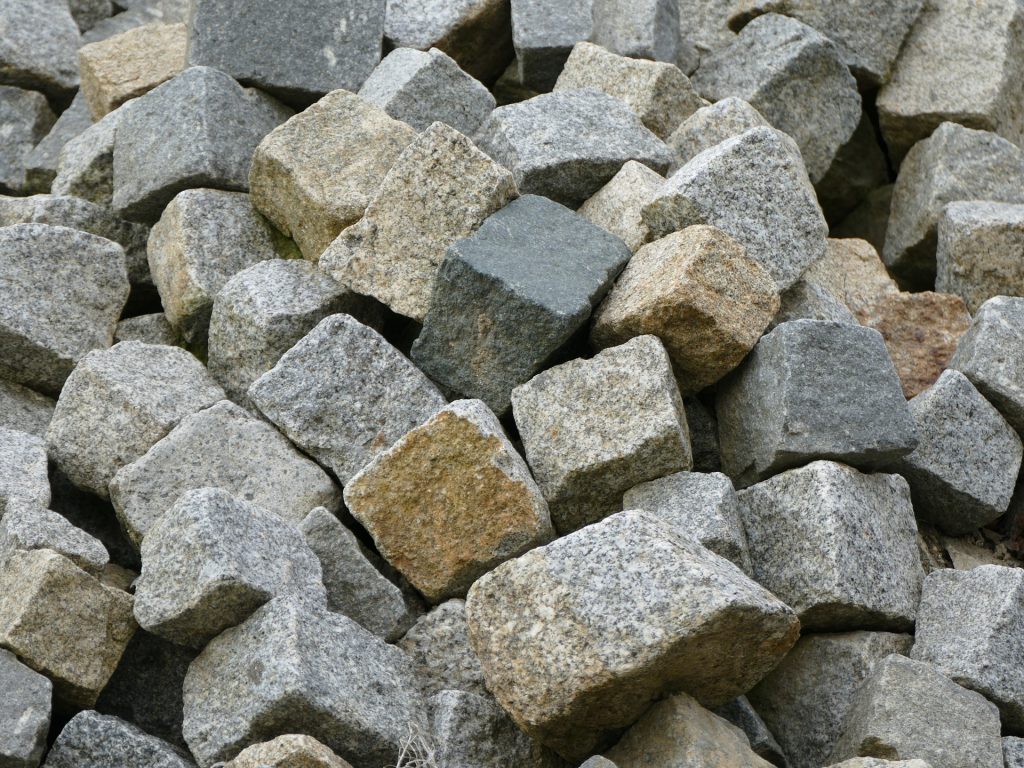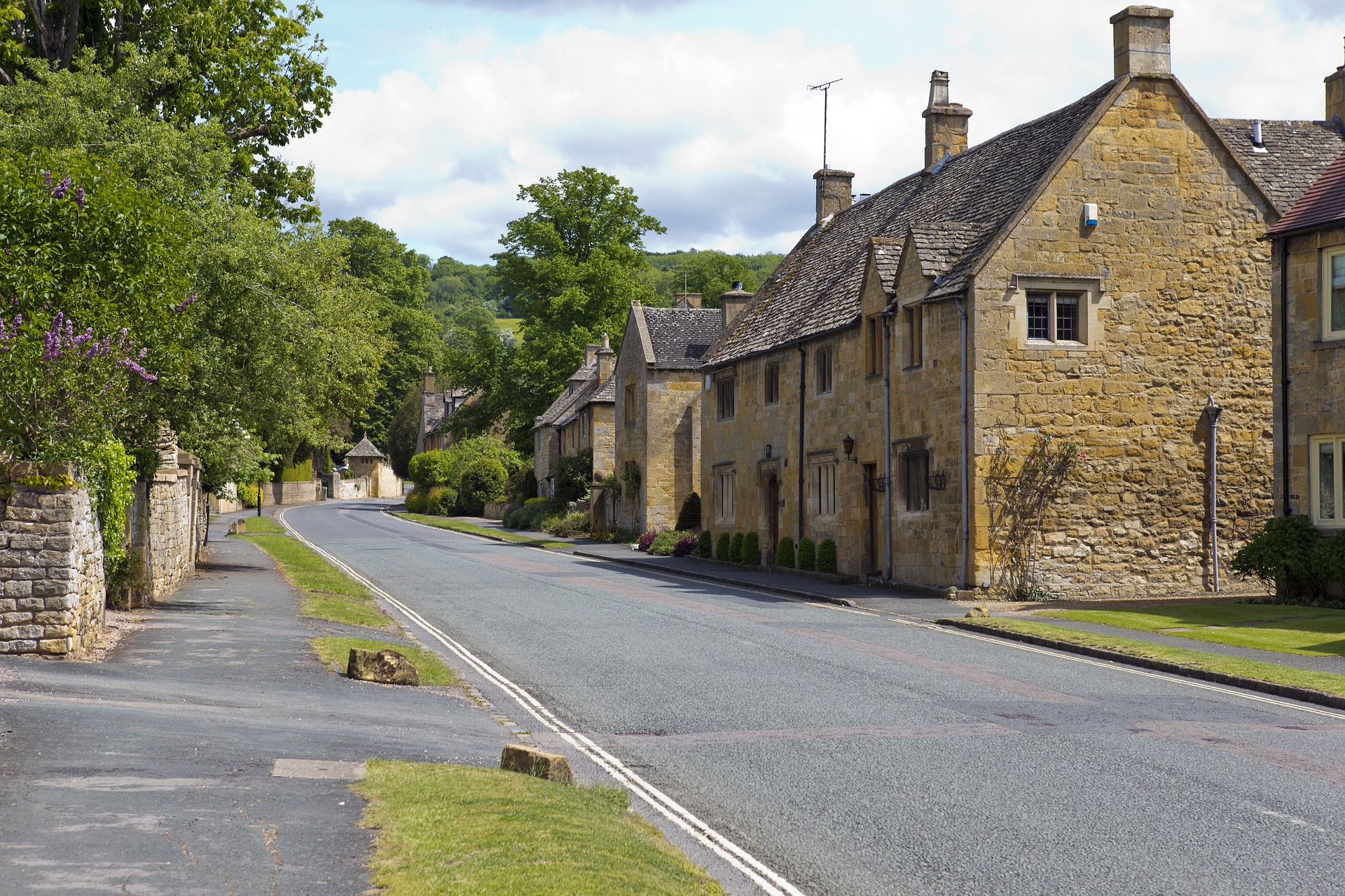
Even before looking at maintenance and cleaning, you’ll need to know everything about the stone that has been installed in your kitchen or bathroom. This post will cover the types of stone finishes and the types of stones before enumerating all the Do’s and Don’ts to help you better protect these surfaces.
Finishes
When it comes to stone, you’ll deal with three main stone finishes, which are:
- A flamed finish
A flamed finish has a rough texture to it and is better for areas where you need the floor to be non-slip. Picking the stone with the right finish decrease the chances of people slipping and getting injured at your place.
- A polished finish
The polished finish has a sleek surface. Since the glossiness of the surface makes it reflects light, it emphasizes the color and markings of the material.
- A honed finish
Honed finishes have more of a satin-smooth surface are generally the preferred choice for stair treads, floors, thresholds, and any other locations with heavy traffic. This is mainly because heavy traffic will wear off the polished finish. Honed finishes also often look good on furniture tops and other surfaces.
Types of Stone
There are generally two types of natural stones used in buildings: siliceous stone and calcareous stone. It is important to know the difference between the types of stone as the material will dictate the type of cleaning products you will need. If there are different types of stone used in your house, you may want to keep a record of them to ensure that you adopt the appropriate cleaning and maintenance program.
If you are unsure of the stone installed in your home, consider contacting a professional stone supplier, installer or even a company that specializes in stone maintenance. They should be able to help you determine whether the stone is siliceous or calcareous.
- Siliceous stone
Mostly made of quartz-like particles or silica, siliceous stones are typically very durable and relatively easy to clean. You won’t even need heavy-duty cleaners for this type of stone – mild acidic cleaning solutions should be more than enough to get the surface clean. Siliceous stones can be further broken down as follows:
- Granite (You’ll be able to recognize those by their distinct crystal pattern and the very little veining present in the design.)
- Sandstone (with the varying number of minerals and clay found in sandstone, the color can be anything from light gray to yellow or red.)
- Slate (typically used as a flooring material, slates come in black, gray, dark red, dark green, or multi-colored.)
- Quartzite
- Brownstone
- Bluestone
2. Calcareous stone
Composed mainly of calcium carbonate, calcareous stones are very sensitive to acidic cleaning products and generally necessitate different cleaning procedures than siliceous stone. Calcareous stone comes in different sub-categories as well:
- Limestone (Very commonly used as building stone, limestone mostly comes in three colors: tan, gray and buff. They are easy to distinguish from others thanks to the presence of shells and fossils impressions.)
- Marble (Veined and fine-textured, marble is a material that can come in almost any color and any pattern.)
- Travertine
- Onyx
3. Marbles are usually veined, fine-textured materials that come in virtually unlimited color selections.
The Do’s and Don’ts of Stone Maintenance

As with most things in life, there are several things you can get away with when it comes to stone cleaning and several other things that you must avoid at all costs. Let’s go over all of them:
The Do’s
- Ensure that you blot up any spills immediately.
- Always protect the stone floor and countertop surfaces. You can use non-slip mats or area rugs for floor surfaces. Coasters, trivets, and placemats are perfect for countertop surfaces.
- For stone floors, dust and mop them regularly.
- Use a mild detergent or appropriate stone cleaning products to clean surfaces.
- After you’re done washing the surfaces with mild detergent, immediately rinse and dry the surface with clean, clear water. You want to be really meticulous here.
The Don’ts
- Ammonia and bleach do NOT go together. Never. Seriously. A mixture of these two products is toxic because it releases a lethal gas.
- Do not ever combine chemicals together unless directions explicitly instruct you to do so.
- Vinegar, lemon juice, and any other cleaners containing acids are no-nos. These must never be used on marble, limestone, travertine, or onyx surfaces.
- As a rule of thumb, avoid grout cleaners, bathroom cleaners, tub cleaners, and tile cleaners as well. All of these cleaners also typically contain acids. Unless you can find one that does not steer clear of these cleaning products.
- Dry cleansers and soft cleansers are also not good when it comes to cleaning stone surfaces as they tend to be abrasive.
- Worn vacuum cleaners must never be used for cleaning stone surfaces as the metal or plastic attachments can scratch the surface.





